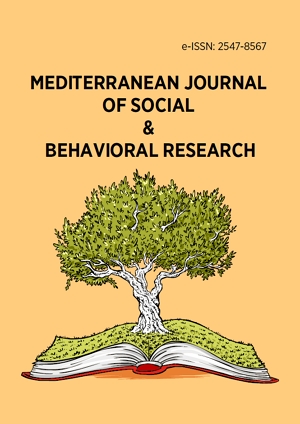Abstract
This article aims to present the existing epistemological ties between the sensorial turn in anthropology and collaborative forms of production of knowledge in the framework of shared anthropology. From this perspective, the major debates in anthropology regarding the senses and emotions and their epistemological implications will be critically analyzed. The focus firstly lies on questioning those approaches that approach the senses and the body as another traditional subject for anthropological studies. Secondly, on exploring the existing misconceptions in the sensory approach. Thirdly, on claiming that the most valid form of exploring and presenting the state of experience is through integrating collaborative engagement of the subject, optimally through the framework of shared anthropology. Lastly, the potentials and advantages of audio-visual media and art in general as the medium of (re)presentation will be explored.
Keywords
License
This is an open access article distributed under the Creative Commons Attribution License which permits unrestricted use, distribution, and reproduction in any medium, provided the original work is properly cited.
Article Type: Research Article
MEDITERR J SOC BEH RES, Volume 7, Issue 3, October 2023, 127-133
https://doi.org/10.30935/mjosbr/13348
Publication date: 01 Sep 2023
Online publication date: 05 Jun 2023
Article Views: 2957
Article Downloads: 2804
Open Access References How to cite this article
 Full Text (PDF)
Full Text (PDF)